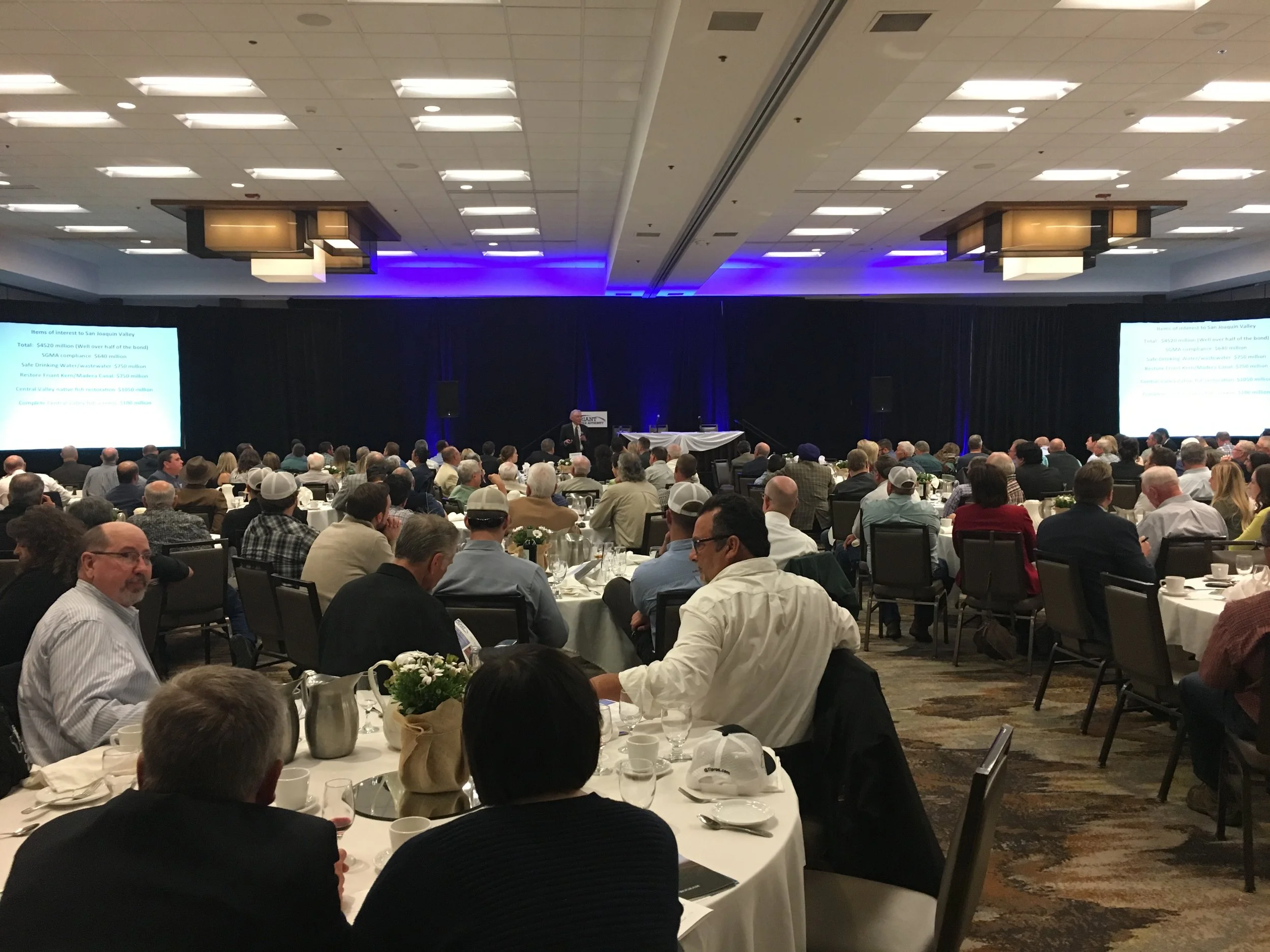Visalia, Calif. – The September 28th, 2017 Friant Water Authority Board of Directors meeting marked the last for Georgeanne White. Ms. White is leaving the City of Fresno in October after over 17 years with the city, including serving as Chief of Staff for Fresno Mayors Alan Autry and Ashley Swearengin, and is currently the Assistant Director of Public Utilities for Administration and Water Policy. She served as the designated alternate director for then Fresno Mayor Swearengin in 2014, and currently serves in that role for Mayor Lee Brand. In 2017, she was elected to leadership roles on the FWA board, serving as the Board’s Secretary/Treasurer and the chair of the Finance and Human Resources sub-committees.
FWA Board Chairman Kent Stephens noted, “Georgeanne brought a valuable perspective, energy and knowledge that has made Friant a better organization. She will be missed, and we wish her the very best in her future endeavors.”
Ms. White’s successor to represent the City of Fresno on the FWA Board will be Tim Orman. Mr. Orman serves as Chief of Staff to Mayor Brand and is the owner of Orman Communications. …….
FWA is a joint-powers authority formed in 2004 by a majority of the water agencies receiving water from the Friant Division of the Central Valley Project. Its primary purposes are to operate and maintain the Friant-Kern Canal and to serve the information and representation needs of its member agencies.
Contact: info@friantwater.org






